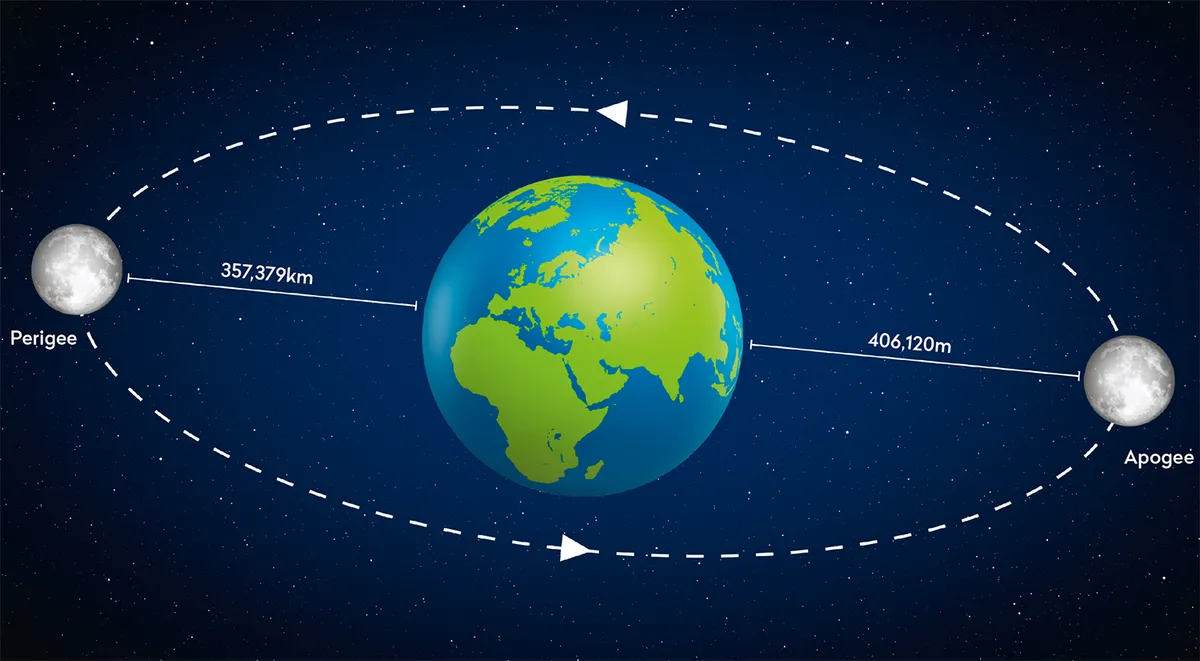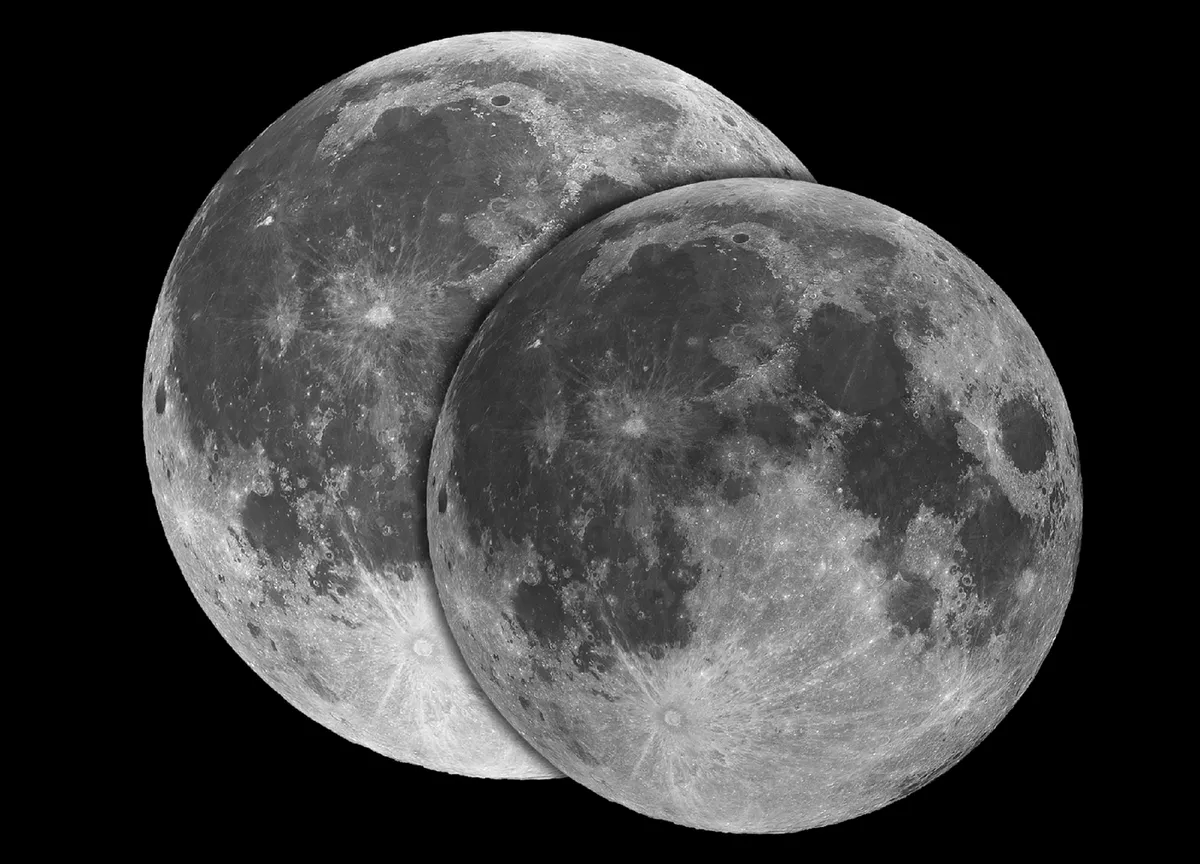The full Moon on 17 October 2024 will be this year's Hunter's Moon and a supermoon, the biggest supermoon of the year.
What's more, two days later, the nearly-full Moon will encounter the beautiful blue Pleiades open star cluster, making for a wonderful stargazing spectacle and photo opportunity.
The 17 October 'Super Hunter's Moon' will rise at 17:56 BST.
In this guide we'll reveal all you need to know about the event and how to make the most of it.
Find out when the next full Moon is occurring and sign up to the BBC Sky at Night Magazine e-newsletter for weekly Moon phases and times delivered directly to your inbox.

Hunter's Moon explained
Why is this full Moon called the 'Hunter's Moon', and what will it look like?
Each full Moon of the year has attained an informal nickname. You'll hear talk of a Wolf Moon, a Snow Moon, a Worm Moon or a Flower Moon, for example.
In reality, these are just that: nicknames. They don't indicate that a particular full Moon will look any different, and instead reflect cultural and natural activities around the time of year that full Moon is visible.
A Hunter's Moon, for example, is the full Moon at the time of year when hunters would traditionally be most active.
There are a few explanations and theories you'll find if you delve into the subject.

October is the time of year when hunting begins and the bright full Moon provides light so hunters can see their prey.
The Hunter's Moon is the full Moon after harvest, meaning bare fields and fewer places for animals to hide.
Animals are fattened from feeding in preparation for hibernation, so the Hunter's Moon denotes the time of year a hunter's prize would be greatest.
Finally, this when hunters would capture prey to provide meat in store for the cold winter months.
But don't let this fool you. The Hunter's Moon will look much the same as any other full Moon of the year, except for one subtle difference in 2024...
2024's Hunter's Moon is a supermoon

There are four so-called supermoons in 2024, and the 17 October full Hunter's Moon is the second.
The first was the tongue-twister that was the Super Harvest Moon partial lunar eclipse of 18 September 2024.
Just like that full Moon, the 17 October full Moon will also be a 'supermoon', and is being referred to as the 'Super Hunter's Moon'.
And just like the 18 September Moon, websites and social media are bound to be awash with articles proclaiming a huge, giant Moon will hang enormously bright in the sky.
The reason for this is because the Moon will be at its closest point to Earth in its orbit.

Our Moon's orbit around Earth is not a perfect circle: it's elliptical, or egg-shaped.
There are times when the Moon is furthest from Earth (known as 'apogee'), and times when it's closest to Earth (known as 'perigee').
During a supermoon, the Moon is at perigee.
The official term for a supermoon is a 'perigee syzygy Moon', 'syzygy' referring to three celestial objects in a straight alignment: in this case the Sun, Earth and the Moon.

So the 17 October Hunter's Moon supermoon will technically be bigger and brighter than a 'regular' full Moon, but the truth is the difference is imperceptible to the naked eye.
It won't appear much bigger or brighter than any other full Moon.
Having said that, a full Moon - supermoon or not – is a beautiful spectacle in the night sky.
If you're planning on observing the 17 October Hunter's Moon supermoon, here are some ideas on how to make the most of it.
Observing the Hunter's Moon supermoon

- See if the rising full Moon looks bigger - this is known as the Moon illusion
- Does the rising Moon also look orange or even rusty red?
- While not as favourable as a crescent or gibbous Moon, observe the Moon with binoculars or telescope
- Photograph the Moon with a DSLR camera
- Photograph the Moon with a smartphone
- Get out your paper and pencils and sketch the Moon
- Full Moon is a good time to observe lunar ray ejecta systems
- See if you can spot a halo or arc around the Moon
- See if you can spot a Moonbow
And, if you've enjoyed the Hunter's Moon, wait until the evening of 19 October when the just-past-full Moon will drift through the southern portion of the Pleiades star cluster.
If you observe or photograph the October 17 Hunter's Moon supermoon, share your images and observations with us by emailing contactus@skyatnightmagazine.com
